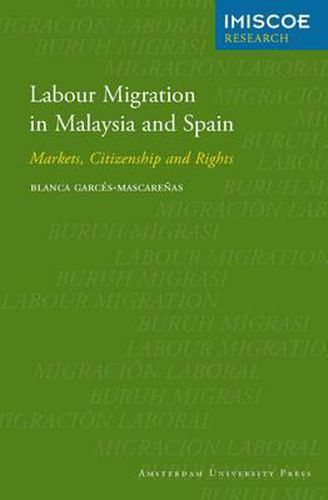Readings Newsletter
Become a Readings Member to make your shopping experience even easier.
Sign in or sign up for free!
You’re not far away from qualifying for FREE standard shipping within Australia
You’ve qualified for FREE standard shipping within Australia
The cart is loading…






State regulation of labour migration is confronted with a double paradox. First, while markets require a policy of open borders to fulfill demands for migrant workers, the boundaries of citizenship impose some degree of closure to the outside. Second, while the exclusivity of citizenship requires closed membership, civil and human rights undermine the state’s capacity to exclude foreigners once they are in the country. By considering how Malaysia and Spain have responded to the demand for foreign labour, this book analyses what may be identified as the trilemma between markets, citizenship and rights. For though their markets are similar, the two countries have different approaches to citizenship and rights. We must thus ask: how do such divergences affect state responses to market demands and how, in turn, do state regulations impact labour migration flows? And what does this mean for contemporary migration overall?
$9.00 standard shipping within Australia
FREE standard shipping within Australia for orders over $100.00
Express & International shipping calculated at checkout
State regulation of labour migration is confronted with a double paradox. First, while markets require a policy of open borders to fulfill demands for migrant workers, the boundaries of citizenship impose some degree of closure to the outside. Second, while the exclusivity of citizenship requires closed membership, civil and human rights undermine the state’s capacity to exclude foreigners once they are in the country. By considering how Malaysia and Spain have responded to the demand for foreign labour, this book analyses what may be identified as the trilemma between markets, citizenship and rights. For though their markets are similar, the two countries have different approaches to citizenship and rights. We must thus ask: how do such divergences affect state responses to market demands and how, in turn, do state regulations impact labour migration flows? And what does this mean for contemporary migration overall?